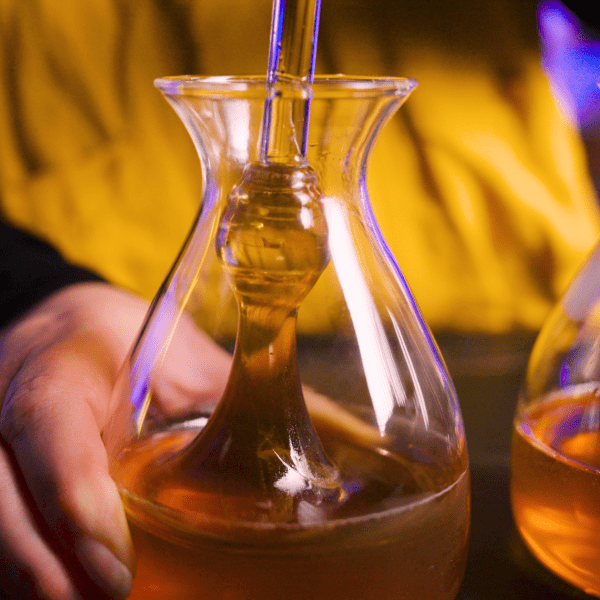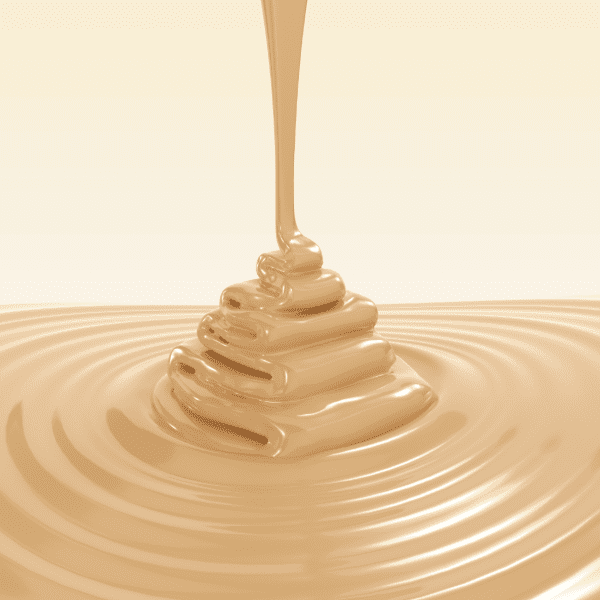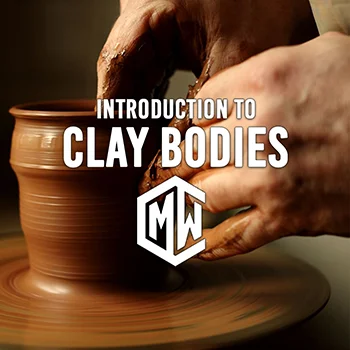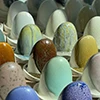
Understanding Specific Gravity
Specific gravity measures the density of your glaze, essentially the ratio of water to dry materials. While it’s a crucial factor, it’s not the only thing that determines how your glaze will behave. Think of it like a recipe: you need the right proportions of ingredients, but that doesn’t guarantee a delicious outcome if the ingredients are not mixed correctly.
The Importance of Viscosity
Viscosity refers to how easily your glaze flows. It’s like the difference between cold honey, which is thick and slow, and warm honey, which flows easily. Just like with cooking, the consistency of your glaze can significantly impact the final result.
Measuring and Monitoring
To achieve consistent results, you need to measure both your specific gravity and viscosity. Here’s how:
- Specific Gravity: Use a syringe and scale to measure the weight of a specific volume of your glaze. This will give you the specific gravity.
- Viscosity: Use a Zahn cup to measure how quickly your glaze flows.
Finding Your Glaze’s Sweet Spot
Once you have these measurements, you can start experimenting with the water content in your glaze to achieve your desired consistency. This is where the magic happens! Record the specific gravity and viscosity for each batch so you can replicate it in the future.
Maintaining Your Glaze Over Time
Remember, your glaze’s viscosity can change over time due to evaporation and bisque absorption. Regularly check the specific gravity and adjust the water content as needed. You can also use a few drops of Darvan (a wetting agent) to thin the glaze or a pinch of Epsom salts to thicken it.
Professional Practices
Even major manufacturers like Fiestaware use these techniques to ensure consistent glaze application. By taking the time to understand and manage these factors, you can elevate your ceramic practice and achieve stunning results with every piece.
In Conclusion
Don’t let inconsistent glazes ruin your pottery experience. By understanding specific gravity and viscosity, and following the tips in this blog post, you can unlock the secret to perfect glaze application. Remember, practice makes perfect, so experiment and have fun!
Additional Tips:
- Always weigh your dry materials carefully to ensure accurate proportions.
- Use a clean, dry container for mixing your glazes.
- Stir your glazes thoroughly to avoid lumps.
- Apply your glaze evenly and consistently.
- Let your glazes dry thoroughly before firing.
- Experiment with different firing temperatures and techniques to achieve your desired results.
By following these tips and embracing the importance of specific gravity and viscosity, you’ll be well on your way to creating beautiful, consistent, and successful glazes.
Ready to dive deeper?
Loved learning about ceramic glazes? Want to go even deeper? Check out our Workshops & Courses, now available in Spanish, or YouTube Channel where Matt breaks it all down, myth-busting and Stull chart included!



















